Note: Originally compiled by Nikolaus Wasmoen to celebrate the official launch of ModNets
As we officially launch, ModNets would like you to enjoy some period-appropriate refreshments while you peruse our index of modernist digital scholarship. Here are some suggested pairings for the linked open data already on the menu.
The following five recipes are from Anders Erickson, bartender at Ward Eight, a 1920s-style cocktail bar on the border of Chicago and Evanston, Illinois.
Old Fashioned (Louisville, c. 1881)
- 2 oz bourbon
- .25 oz. demerara syrup
- 3 dashes angostura bitters
- 1 orange slice
Combine ingredients in a mixing glass with ice, stir to chill. Strain into a double old fashioned glass with a large piece of ice. Garnish with orange zest and cocktail cherry.
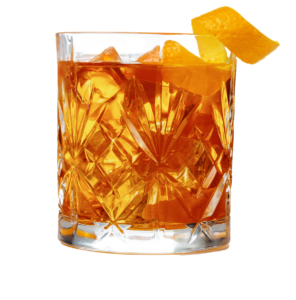
Ward 8 (Boston, c. 1898)
- 1.5 oz. Rye whiskey
- .5 oz. grenadine
- .5 oz. orange juice
- .5 oz. lemon juice
Combine ingredients in a cocktail shaker. Shake to chill (10-15 seconds). Double strain into chilled coupe. Garnish with orange wedge and cocktail cherry.
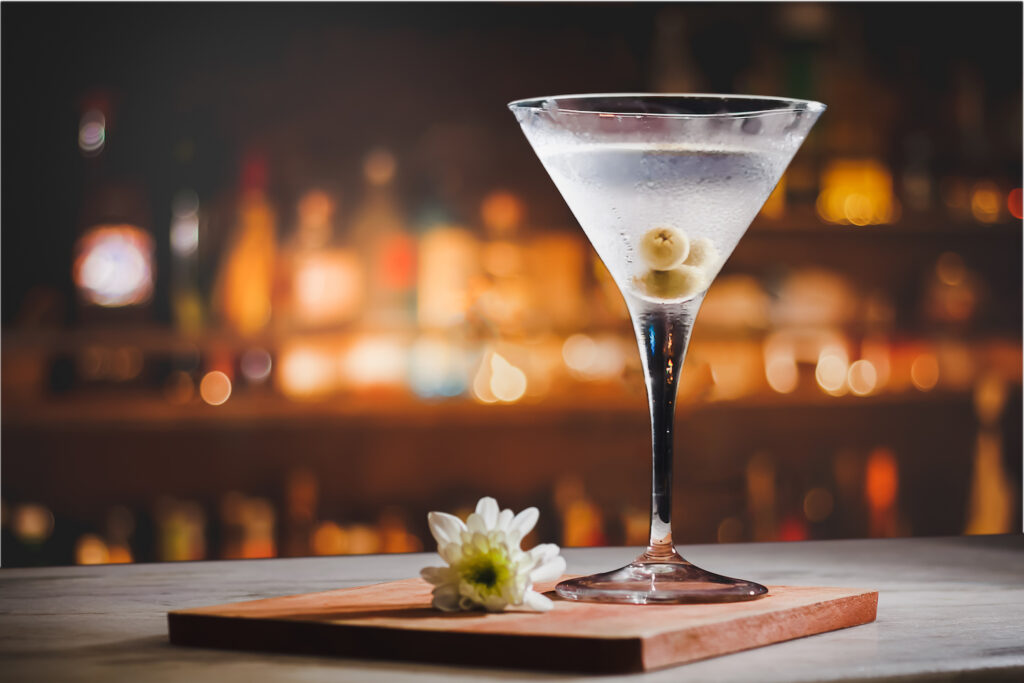
Martini (New York, c. 1912; most popular by 1922)
- 2.5 oz London dry gin
- .75 oz. dry vermouth
- Dash of orange bitters
Combine ingredients in a mixing glass with ice. Stir to chill. Strain into a chilled coupe. Garnish with lemon twist.
White Lady (London, c. 1929)
- 1.5 oz. London dry gin
- .75 oz lemon juice
- .5 oz. curaçao (or any orange liqueur)
- .25 oz. simple syrup
- 1 egg white
Combine ingredients in a cocktail shaker. Dry shake (no ice) for 15 seconds to agitate the egg white. Add ice. Shake to chill (10-15 seconds). Double strain into a chilled cocktail glass. Garnish with lemon zest.
A variation on the above, from Lynn
Woodbury, a friend of the directors:
- 2 oz. gin (I think we used something called St. George’s Botanique)
- 1 oz. Cointreau (we used something called Gran Gala–another orange liquor–I think cheaper than Cointreau)
- 1 oz. lemon juice
- 1 tsp superfine (caster) sugar
- 1 egg white
Hint: Use a small egg (white) or even one small egg white for two drinks. Be sure to shake once without the ice to mix in the egg, and then add the ice and shake again.
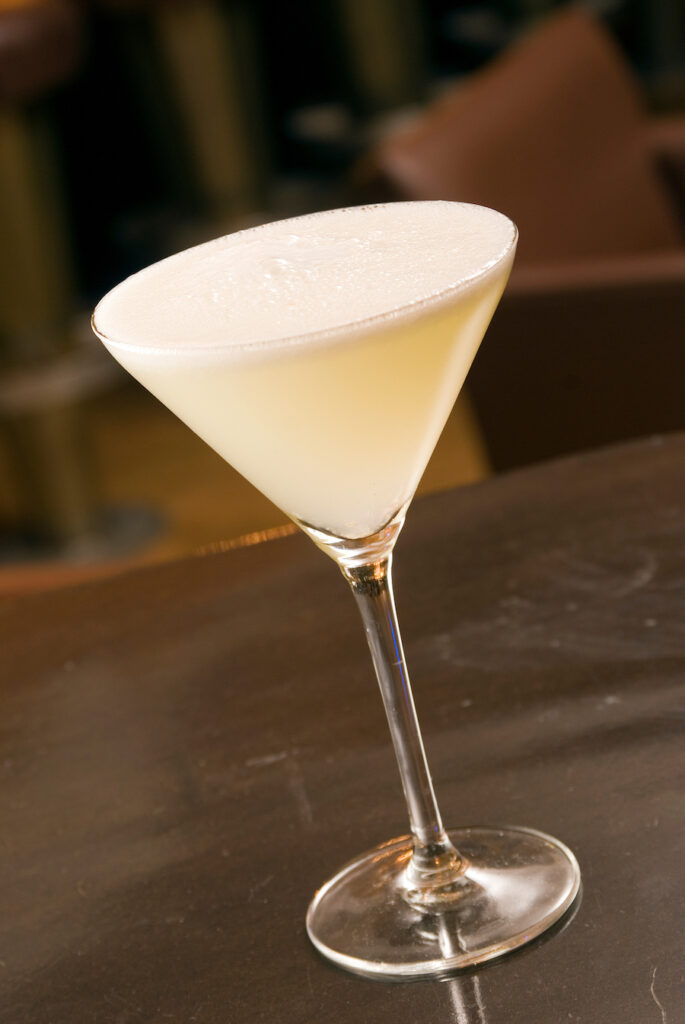
Vieux Carre (New Orleans, c. 1930)
- .75 oz. rye whiskey
- .75 oz. cognac (or brandy)
- .75 oz. sweet vermouth
- .5 oz. benedictine
- 2 dashes peychaud’s bitters
- 3 dashes angostura bitters
Combine ingredients in a mixing glass. Add ice. Stir to chill. Pour over ice in a double old fashioned glass. Garnish with lemon zest.
The following four recipes are from Philip Greene, To Have and Have Another: A Hemingway Cocktail Companion (2012)
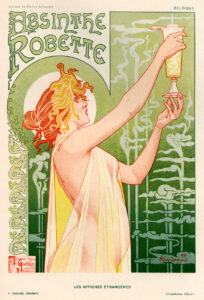
Dripped Absinthe (France, late 19th-early 20th centuries)
- 1.5 oz. Absinthe
- 1 cube sugar (optional, Hemingway did not use it)
- Small pitcher ice water
- Slotted Absinthe spoon
Place a sugar cube on a slotted absinthe spoon atop a small glass of absinthe. Slowly drip ice water onto the sugar to dissolve it. When it has reached the desired strength or sweetness, both matters of taste, sip it slowly.
Original "Hemingway Daiquiri" (Cuba, c. 1900)
- 2 oz. white rum
- 1 teaspoon grapefruit juice
- 1 teaspoon maraschino liqueur
- .5 oz. fresh lime juice
“Frappe” (chip or crush) some ice, add to shaker, then add remaining ingredients. Shake well, then pour contents of shaker into a chilled cocktail glass.
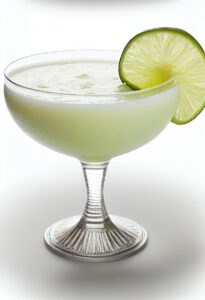
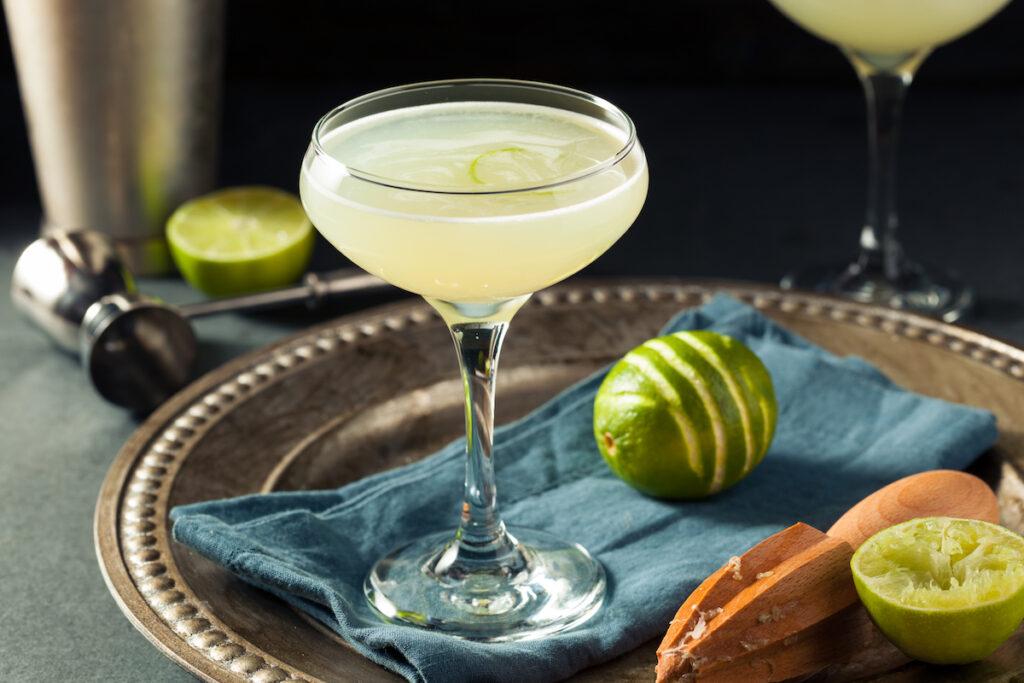
Gimlet (c. 1928)
- 2 oz. London Dry Gin
- 1 oz. Rose’s Lime Juice
Shake well with ice, strain into chilled cocktail glass. Note: vary the amount of Rose’s to make it sweeter or drier.
(The Gimlet appears to be Hemingway’s go-to cocktail while on safari in Africa, along with the Whiskey & Soda and Campari, Gin & Soda.)
Green Isaac's Special (c. 1950, see Islands in the Stream)
- 2 oz. London Dry Gin (or Hendricks)
- 4 oz. green coconut water (not milk)
- Juice of one lime (about 1 oz.)
- 2-4 dashes angostura bitters, to taste
Shake all ingredients well with ice, transfer contents of shaker into a Collins glass, adding more ice as needed. Garnish with a lime wedge or peel.



